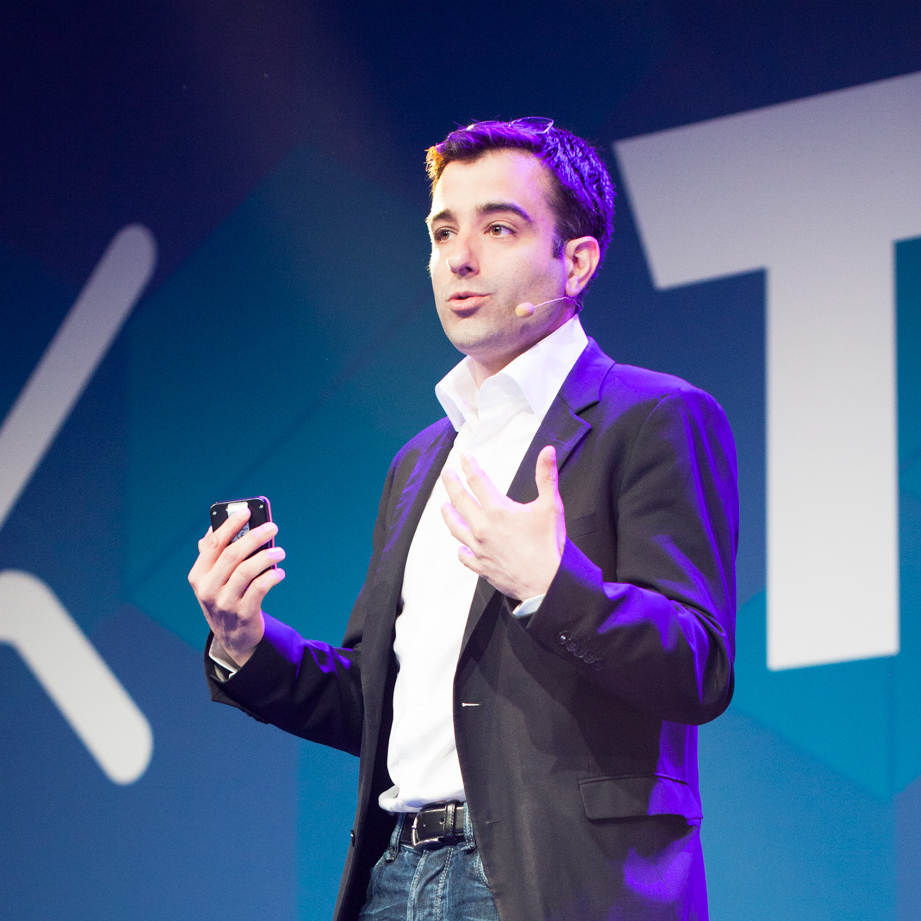Running a business is a bit like riding a rollercoaster: exciting, unpredictable and sometimes downright nerve-racking. One day you’re on top of the world, and the next, you’re wondering how to keep things from falling apart. What helps you stay steady through all of that isn’t just skill or luck. It’s confidence.
Confidence is what gives you the courage to pitch that big idea, make a bold decision or stand firm when things get tricky. It’s what helps you trust your gut when everyone else hesitates. But confidence doesn’t appear out of thin air. It’s something you build gradually, but often, and you build it faster when you have the right person guiding you. That’s where private coaching comes in.
Why Confidence Is So Important in Business
Every entrepreneur, no matter how successful, has moments of doubt. A deal falls through, sales slow down or a new competitor shows up. Suddenly, even small decisions feel like heavy ones. Without confidence, hesitation creeps in, and the business starts to lose direction.
Confidence changes that. When you’re confident, you move with purpose, communicate clearly and lead with energy. It’s not about pretending to be fearless; it’s about believing that you can figure things out even when the path isn’t clear. Private coaching gives you the space and structure to rediscover that belief.
That’s why many turn to business coaches for entrepreneurs, who help them build the self-assurance and clarity needed to make bold decisions and lead their ventures with conviction.
How Private Coaching Builds Confidence
Private coaching isn’t just about motivation. It’s a real partnership between you and someone who understands how to bring out your best. A good coach doesn’t hand you a script to follow. They help you explore your goals, face your doubts and create habits that stick.
They push you to think differently, to question what’s holding you back and to see your strengths more clearly. Over time, this creates a deep and steady kind of confidence, not just a short-term boost.
With consistent coaching, you start to:
- Make decisions with less hesitation.
- Speak and lead with more authority.
- Bounce back faster when things go wrong.
It’s progress built through honest feedback, reflection and small wins that stack up over time.
The Power of Learning from Experience
One of the most effective ways to grow in business is by learning from people who’ve already faced the same battles. Private coaches like Matt Haycox bring real experience to the table. They know the highs of success and the sting of setbacks, and they’ve learned how to turn both into lessons that drive growth.
When you work with someone who’s been there, you get advice that actually applies to your situation. They won’t just tell you to ‘be more confident’. They’ll help you figure out how to be more confident in the face of pressure, uncertainty or big decisions.
Matt, for example, has spent years helping entrepreneurs understand how to balance bold thinking with smart execution. Coaches like him don’t rely on theory. They use real-life experience to guide you through the rough patches and help you come out stronger.
Why Experienced Coaches Make All the Difference
Not all coaches are equal. Some offer generic advice that sounds good but doesn’t really move the needle. That’s why it matters to work with professionals who’ve actually run businesses. Choosing private coaches with experienced business providers means getting support from people who understand both the mindset and mechanics of success.
Experienced coaches see things you might overlook. They can spot patterns in your thinking, help you prioritise what really matters, and give you the confidence to take calculated risks instead of playing it safe. Most importantly, they hold up a mirror that helps you see your potential clearly, something most business owners rarely take the time to do.
This kind of coaching doesn’t just build your confidence for today; it equips you to handle whatever comes next.
Building Confidence That Lasts
Confidence isn’t permanent. It needs to be maintained, just like fitness or creativity. Private coaching helps you keep it strong. By having regular sessions to talk through challenges, celebrate progress and refocus your energy, you stop drifting into self-doubt.
Eventually, the changes become second nature. You start leading meetings without overthinking every word. You trust your instincts when new opportunities come up. You take challenges in stride instead of seeing them as roadblocks. That’s when you know the coaching is working when confidence stops being something you chase and becomes something you live by.
Wrapping It Up
Every entrepreneur hits rough patches. It’s part of the journey. The difference between those who keep moving forward and those who stall often comes down to confidence.
Private coaching helps you find your footing again, reminding you of what you’re capable of and helping you sharpen the skills that matter most. It’s not about changing who you are. It’s about becoming a more assured version of yourself, the kind of person who leads with clarity, acts decisively and keeps moving no matter what.
If you’re ready to take your business and mindset to the next level, it might be time to invest in a coach who knows how to get you there. Private coaches like Matt Haycox prove that with the right guidance, experience and perspective, you can rebuild your confidence and unlock your full potential.
















 Bitcoin
Bitcoin  Ethereum
Ethereum  Tether
Tether  XRP
XRP  USDC
USDC  TRON
TRON  Lido Staked Ether
Lido Staked Ether  Cardano
Cardano  Avalanche
Avalanche  Toncoin
Toncoin  Solana
Solana